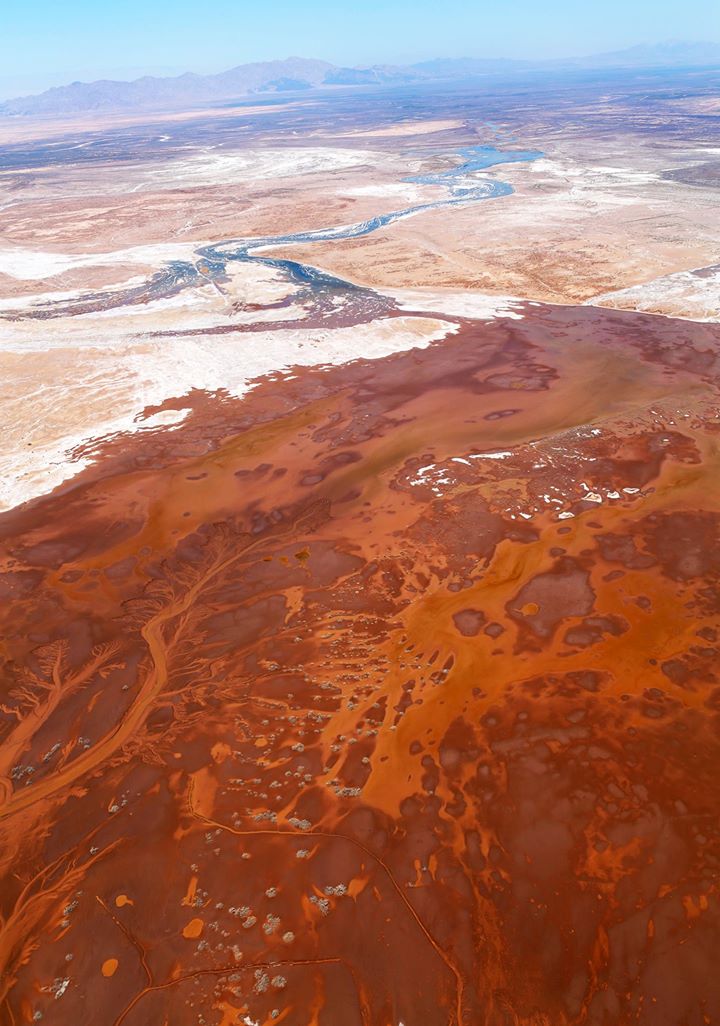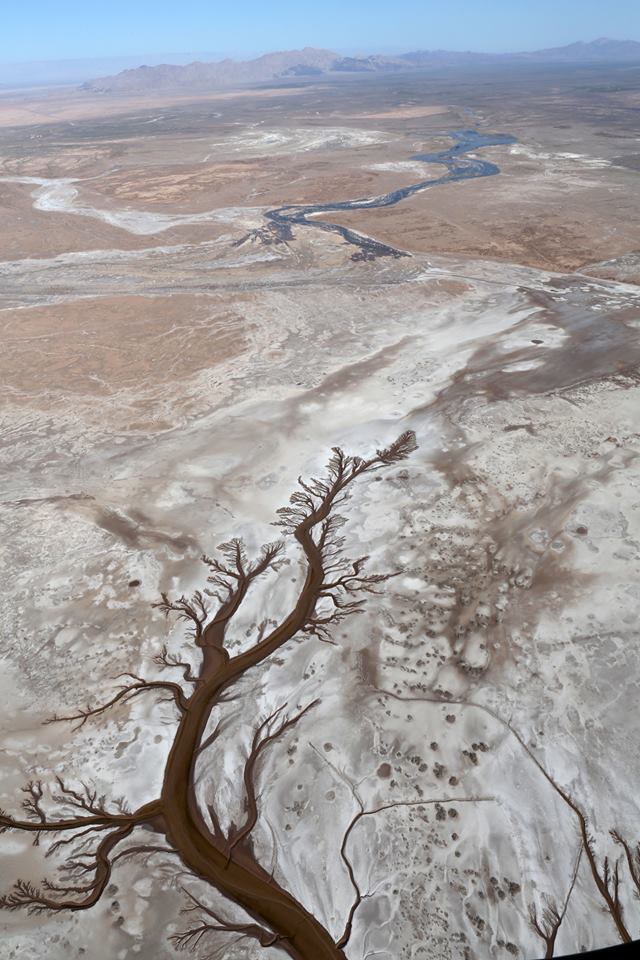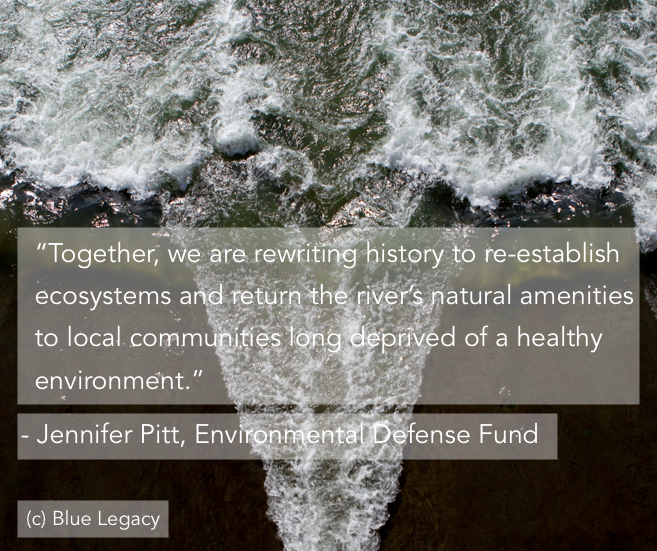The Colorado River has officially reached the sea! #raisetheriver
“But there is more to this story: there is value in seeing the river flow again, where it has been missing for so long. We saw that in the faces of the children who danced in the water in San Luis Rio Colorado, and we saw it in the faces of the farmers who travelled to the remote river channel behind their fields, staring in disbelief that the river was running again. We heard it in the words of the officials who stood on Morelos Dam, when the gates were opened to allow the water to pass through, as they celebrated the river’s return to the delta. And we see it in the global interest that has been piqued in whether the river will return to the sea.”
The Colorado River has made it through the delta to the Upper Gulf of California. While it certainly wasn’t the goal of the pulse flow or Minute 319, it’s an incredible milestone that shows that a little bit of water truly can go a long way.
Part 2: A ‘River People’ without a River
This is the second blog in a 5-part series on the Colorado River pulse flow, written by Cesar Angulo, an environmental journalist in Mexico, and commissioned by Environmental Defense Fund. Read Part 1.
Think of a great river that is born in the Rocky Mountains and runs approximately 2500 miles before it encounters the Gulf of California, in Mexico. On its mighty circulating current, steamships spread goods in ports and riverine villages – or so it happened a century ago.
Think of a people whose life was and has been intimately linked to the Colorado River for centuries. The Cucapá are one such people. In 1540, the Spanish explorer Fernando Alarcón was the first to mention the tribe of the Colorado River. Their tribe name means “river people” in Yuman language, and their stories give us clues to what life along the Colorado River was like before the construction of large dams throughout the basin.
 [Doña Inocencia Gonzalez Sainz is an elder of the Cucapá tribe who used to fish in the delta region.]
[Doña Inocencia Gonzalez Sainz is an elder of the Cucapá tribe who used to fish in the delta region.]
The Cucapá mainly inhabit a community called El Mayor, located beside the Mexicali-San Felipe highway. Other Cucapá communities live in villages of the Mexicali Valley and in Yuma, Arizona.
The Cucapá culture is closely linked to the Colorado River and its delta. Their life since inception has depended on the river, taking advantage of the river banks to plant and prepare the rich and moist delta soil at the end of spring floods and midsummer.
Doña Inocencia Gonzalez Sainz, an older woman who has excelled in her craft work, and in preserving and teaching the language and culture to new generations of Cucapás, recalls the greatness that once was the Colorado River.
“We went fishing on pangas, when the river was carrying a lot of water – very strong running river water. Sometimes we camped beside the river when there was good fishing. We spent several days there and we brought back a lot of fish to El Mayor,” recalls Inocencia. She now spends her days tending the Community Museum, where she also creates and sells her crafts.
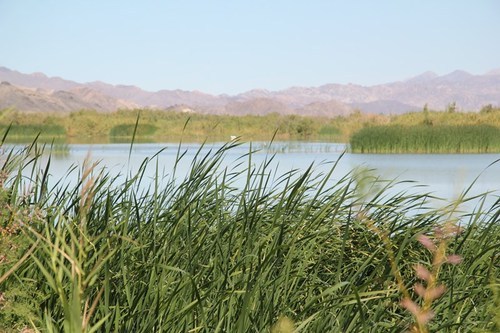 [The Hardy River – a tributary of the Colorado River in Mexico]
[The Hardy River – a tributary of the Colorado River in Mexico]
Inocencia talks about how the Cucapás used to be able to live off of fishing in the Hardy River – a tributary of the Colorado – and the delta area because the fishing was plentiful. She also remembers the last time she went fishing was in the late eighties, when the delta was still connected to the river and the fish still abundant. But after that came a long dry period in the lower basin.
Inocencia is very happy to see that water is flowing in the Colorado River Delta once again, because without water, she says, the Cucapá are destined to become extinct.
Part 1: A Historical and Personal Perspective of the Pulse Flow
This is the first post of a 5-part blog series on the Colorado River pulse flow, written by Cesar Angulo and commissioned by Environmental Defense Fund. Cesar is an environmental journalist; he founded and directs bionero.org, an independent blog, and graduated with a Bachelor of Communication Sciences from UABC-Mexicali. The series was originally written in Spanish and translated into English.
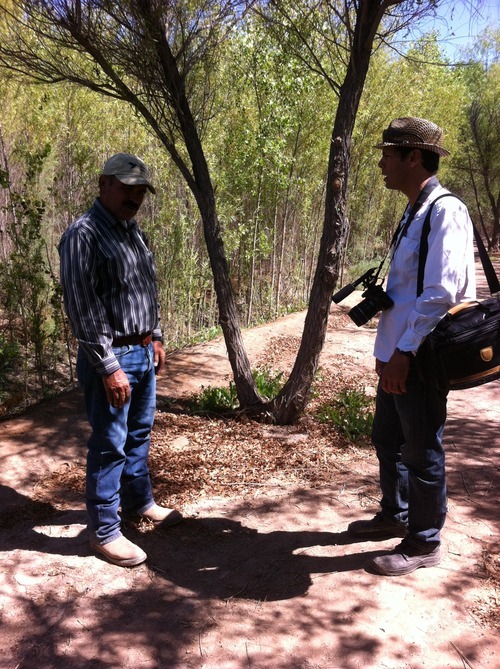
This is an historic moment: the flow of water running through the original channel of the Colorado River Delta—a flow that has been diverted for years for use by agriculture, cities and industries, and in consequence has neglected the riparian ecosystem and the delta.
This “pulse flow” of water into the last portion of the Colorado River passing through Mexico will benefit a riparian ecosystem that has suffered from a lack of water in recent years. All of this has been made possible through the cooperative effort of environmental organizations that have worked at least 15 years in both Mexico and the United States to achieve recognition of the ecosystem as a warranted recipient of Colorado River water.
The signing of Minute 319 in 2012 by U.S. and Mexican representatives from the International Boundary and Water Commission resulted in the initial delivery.
On March 23, 2014, 105,392 acre-feet of water were released at Morelos Dam to provide environmental benefits to the last and final stretch of the Colorado River Delta.
The stipulated environmental flows in Minute 319 include both the pulse flow and “base flows.” The pulse flow will end on May 18, 2014, but the base flow consists of an additional 52,696 acre-feet to be delivered over a longer period of time. Water for the pulse flow and base flows are being provided by non-governmental organizations through the Delta Water Trust.
It is expected that the base flow and pulse flow will help restore approximately 950 acres of habitat, allowing seedling germination of native trees such as willows and poplars, and bringing water to support tree growth.
For me, there is also a personal significance to seeing water return to the river delta.
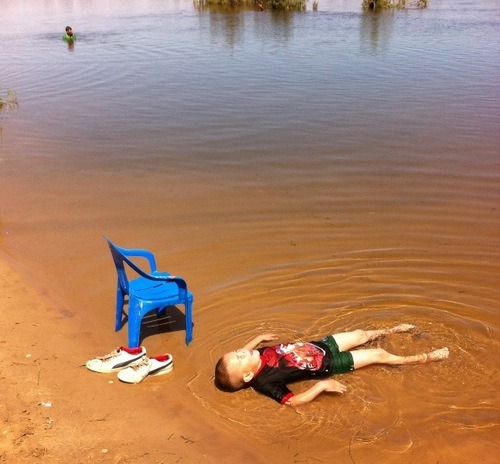 [A boy in San Luis Rio Colorado sees the river for the first time when his family goes to picnic by the river after the release of the pulse flow]
[A boy in San Luis Rio Colorado sees the river for the first time when his family goes to picnic by the river after the release of the pulse flow]
I was born in San Luis Rio Colorado, and in my childhood and adolescence it was common for my family to enjoy trips to the Colorado River during the spring. At that time, the river would carry water for several months. But upon reaching adulthood in the ’90s, we stopped enjoying our trips to the river because there was no water.
In the late ’90s, when I began my career as an environmental journalist, I had the opportunity to tour the lower Colorado River from Hoover Dam down to the dwindled delta. I was greatly impressed by the dam, but it starkly contrasted with the amount of water in the river in Mexico.
The Colorado River pulse flow represents the definite success of the push led by environmental groups, scientists and citizens over the least 15 years to consider the environment as another aspect of the services provided by the river. It is a matter of environmental justice for the people and communities in the delta, but also for the major players in this story—the flora and fauna—who have no voice.

